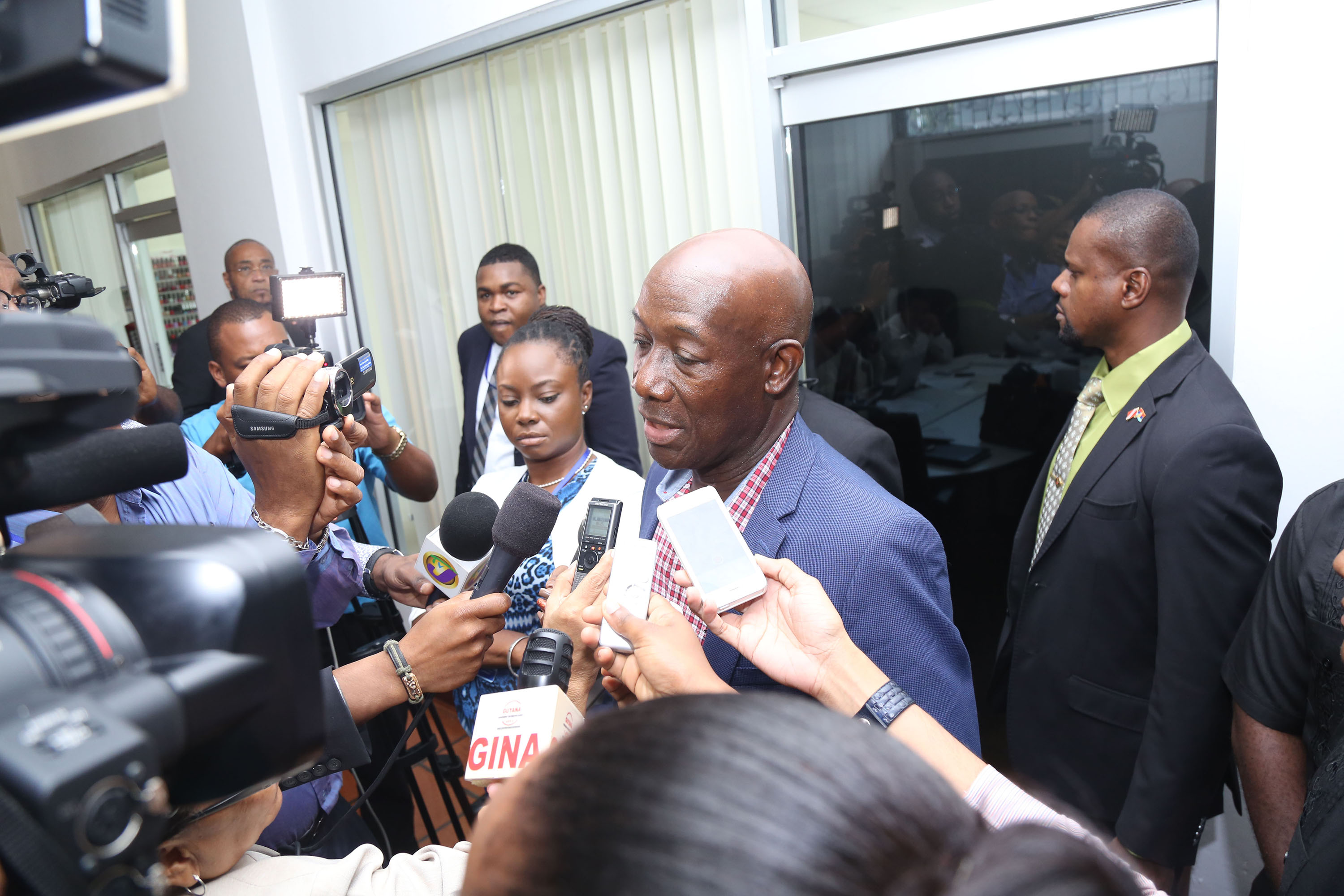A PRESENTATION BY AMBASSADOR COLIN GRANDERSON ASSISTANT SECRETARY-GENERAL FOREIGN AND COMMUNITY RELATIONS CARIBBEAN COMMUNITY (CARICOM) SECRETARIAT AT THE ORIENTATION PROGRAMME FOR THE NEWLY APPOINTED HEADS OF GUYANA MISSIONS
Caricom, going forward
In 2012, one year before the celebration of the Fortieth Anniversary of the Caribbean Community, the Conference took the decision to “re-examine the future direction of the Community and the arrangements for carrying it forward”. This commitment had come soon after the public relations fiasco in 2011 of the so-called “pause” which was incorrectly portrayed by the media and other commentators as having put a stop to the implementation of both the Single Market and the Single Economy. On the contrary, it called for a pause on the Single Economy for capacity reasons while consolidating the Single Market. The history of the CARICOM integration process indicates that the Community has always had an eye on the future and has never been static. The transition from free trade through CARIFTA, to a Common Market, to a Single Market and, eventually, onto a Single Economy, gives evidence of that fact. There are however periods when the forward movement is so slow that it is wrongly perceived as stagnation.
Sustainable development
The Caribbean Community Strategic Plan is premised on building resilience in all spheres in order to achieve Sustainable Development. These encompass in the main, the economic, social, and environmental spheres, but the plan also recognises the importance of addressing

